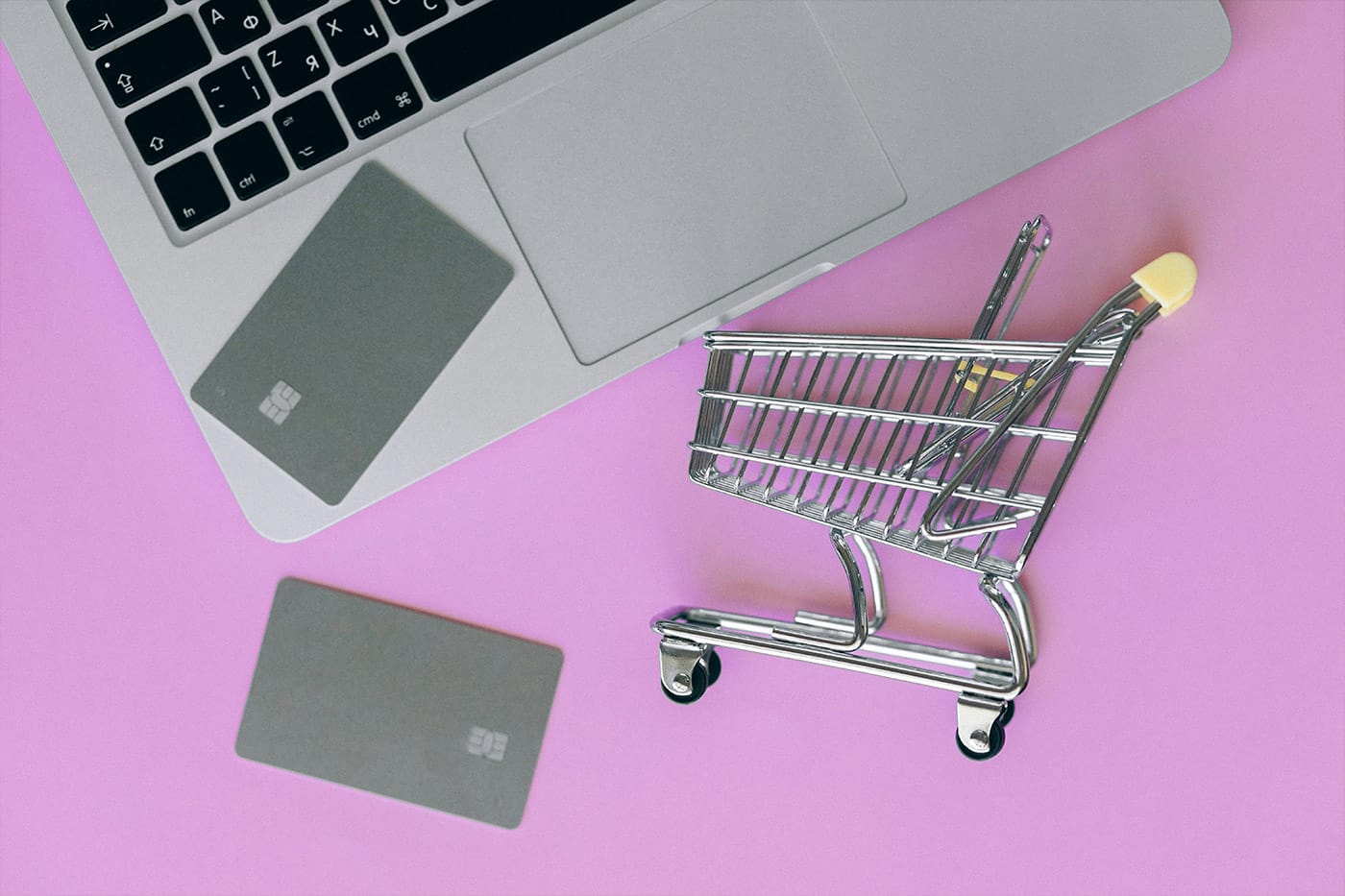Mobile payments have taken the business world by storm and people now reach for their digital wallets more often than any other payment method. Cash is becoming a rare sight in customers’ pockets, which means getting on board with the right payment tech isn’t just a nice extra anymore, it’s essential for your business to survive.
But the benefits go well beyond just keeping customers happy as mobile payment systems typically come with lower transaction fees compared to traditional credit card companies. That could save you quite a bit of money, especially if you process lots of transactions. They’re quick at processing payments and offer high levels of security through encryption and biometric checks.
Whether you’ve got a small shop or you’re juggling multiple locations, you really need to understand this technology to stay in the game. More choice is brilliant of course, but it also makes working out which solution actually suits your specific needs slightly more complex.
Understanding Mobile Payment Systems in 2025
Mobile payment systems have become essential to running a business in 2025. Digital wallets are quickly becoming the preferred way people pay, whether they’re shopping online or going into physical stores.
What mobile payment systems are and how they work
At their heart, mobile payment systems let your customers use their smartphones, tablets or wearables to pay for things without needing cash or cards. These clever systems store payment information securely either on the device itself or in the cloud, making transactions possible through various methods.
When someone buys something using a mobile payment system, here’s what typically happens:
- The customer opens their payment app on their device
- They authenticate themselves using biometrics or a PIN
- The payment terminal communicates with the mobile device
- The transaction is securely processed through tokenization
- Payment confirmation is sent to both merchant and customer
The whole process takes mere seconds. In fact, Mastercard found that contactless payments are up to 10 times quicker than other in person methods.
Key technologies: NFC, QR codes, and digital wallets
Near Field Communication (NFC) is behind most contactless payments today. This technology allows secure data transmission between devices held about four centimetres apart. Customers simply tap their smartphones or smartwatches against your payment terminal to complete transactions.
QR codes are those square matrix barcodes that store information as a series of pixels. When a customer scans one with their smartphone camera, it kicks off the payment process. QR payments work in two ways, either you display a code for customers to scan, or they generate codes for you to scan.
Digital wallets are apps that store payment information. They use sophisticated encryption and tokenization to protect data, making them more secure than traditional payment methods.
These technologies became massively popular during the pandemic when businesses needed contactless options. Now, they’re becoming the goto payment method for loads of customers who appreciate their speed, security, and sheer convenience.
Choosing the Right Mobile Payment Solution for Your Business
Picking the right mobile payment solution isn’t straightforward as there’s no ‘one size fits all’ answer. Your choice will significantly impact how happy your customers are and how smoothly your business runs day to day.
Factors to consider: business size, customer base, and location
The size of your business matters tremendously when selecting a payment system. If you’re running a larger operation, you’ll likely benefit from integrated solutions. Smaller businesses, however, generally need something simpler with lower upfront costs.
Your customer base is a factor too. Younger shoppers typically reach for digital wallets without a second thought, while your older customers might still prefer traditional card payments. It’s worth spending some time looking at who actually shops with you before making any decisions.
Location plays a surprisingly important role too. Many modern payment solutions can verify transactions based on where devices are, creating what techies call “geofences” that confirm your customers are where they say they are.
Comparing top payment apps for small businesses
A few standout options dominate the market this year:
Apple Pay works brilliantly for iOS users with quick NFC payments and secure tokenization, but it only works with Apple devices.
Google Wallet does similar things for Android users and has excellent security through virtual card numbers.
PayPal combines online purchases with peer-to-peer activity and works internationally, but it’s a bit behind the times with no in-app NFC functionality, however many customers know and trust it.
Square offers POS software currently without termination fees or long term contracts. This makes it particularly good for small merchants who need flexibility.
Evaluating costs and transaction fees
Here’s where you need to match the numbers to your business.
Transaction fees apply per transaction. They vary between credit and debit cards or online and phone payments.
You need to factor in additional costs like monthly service fees, authorisation fees and setup charges. Watch out for “free” plans as they often make up for it with higher transaction fees.
Your transaction profile matters and you’ll need to assess the type and volume of your transactions, is it loads of small transactions or fewer large ones? The answer will help you pick the most cost effective solution for your specific business needs.
Implementing Mobile Payment Technology Effectively
Picking the right mobile payment system is the first step before moving onto implementation. Getting the implementation right is worth spending time on if you want to make the most of the benefits and dodge potential problems.
Steps to integrate mobile payments into your operations
Start by figuring out exactly what your business needs. Have a good look at your current systems to check what will work with them and what might need tweaking. Then, find a merchant services provider that offers PCI compliance, fair pricing, and good integration options.
The basic process is usually:
- Set up your hardware and software following the provider’s guidance
- Link your payment processing system with your existing business systems
- Choose which payment methods make sense for your particular customers
- Run plenty of tests before going live
You’ll want to do some proper test transactions before launch day. This helps make sure mobile payments process correctly and work nicely with your inventory system.
Training staff and educating customers
Your staff need to know what they’re doing with the new system. Any decent training should cover:
- How the payment system actually works
- What to do when things go wrong
- Security measures and how to spot potential fraud
- How to help customers who aren’t sure about mobile payments
Ensuring compliance and data security
Security is non-negotiable and your mobile payment solution needs solid security measures, including encryption of transaction data, ideally within a secure card reader Following PCI DSS compliance is compulsory and essential for protecting your customers’ sensitive data.
Set up real time monitoring to catch fraudulent transactions. Businesses using good monitoring systems have cut fraudulent transactions significantly. You’ll also need clear policies for what happens when devices go missing, including the ability to disable them remotely
Once you’re up and running, keep an eye on how everything’s performing and update things when needed to keep security tight and everything running smoothly.
Future Mobile Payment Technology
Mobile payment tech is changing at a blistering pace. If you want your business to stay competitive, you need to keep an eye on what’s coming next. There are some truly fascinating innovations just around the corner that might completely change how we think about payments.
AI is now central to keeping mobile payments secure. Mastercard’s system examines a trillion data points in less than 50 milliseconds to spot fraudulent transactions, boosting fraud protection. Meanwhile, biometrics have gone well beyond just fingerprints, facial and voice recognition. Future iterations see heartbeat patterns for verifying payments.
This shift isn’t just tech for tech’s sake, customers want it with more and more preferring biometrics for payments, and trusting it more than pins and passwords.
Cross border and multi currency payments
International payment options have expanded massively in recent years. The global mobile payment market is expected to continue to grow at speed making multi currency features essential. Modern digital wallets now let users keep several currencies at once, removing currency exchange whilst on the move.
So, Where Do I Go From Here?
Throughout this article, we’ve seen how these technologies do much more than just make life easier for your customers. They offer better security, lower transaction fees, and make your operations run more smoothly. It’s worth noting that customer habits have shifted dramatically too, with digital wallets now handling more than half of all transactions and buyers trusting them more than pins and passwords.
What works for your business will largely depend on your size, who your customers are, and where you’re based. When you’re sizing up your options, don’t just look at the upfront costs, dig deeper into all the fees as they can vary massively between providers and really add up over time. Mobile payment solutions are no longer just a nice addition to your business toolkit in 2025, they’re essential.








